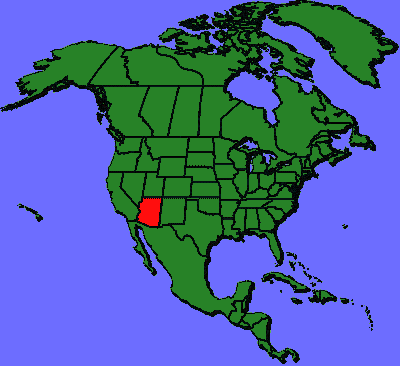
Circle the area on this map

B. Phoenix is also the largest city in Arizona and the fifth most populous city in the United States. Its Sky Harbor airport has longer runways to help accommodate flights on hot days. Hot air is less dense which means less air flowing over the wings for lifting the aircraft and less air flowing into the jet engines.
B. Death Valley in southeastern California is one of the hottest places in the world at the height of summertime. It holds the record for the highest reliably recorded air temperature in the world, 134 degrees on July 10, 1913. But, this record has been contested by some weather experts.
C. The summer of 2003 was the hottest on record in Europe since at least 1540. In the study, scientists said climate change could put 75 percent of the world’s population at risk of killer heat waves by 2100.
A. The jet stream flows west to east around the northern hemisphere. So, planes flying east would get a boost from tailwinds. But, planes heading west are slowed down and use up more fuel.